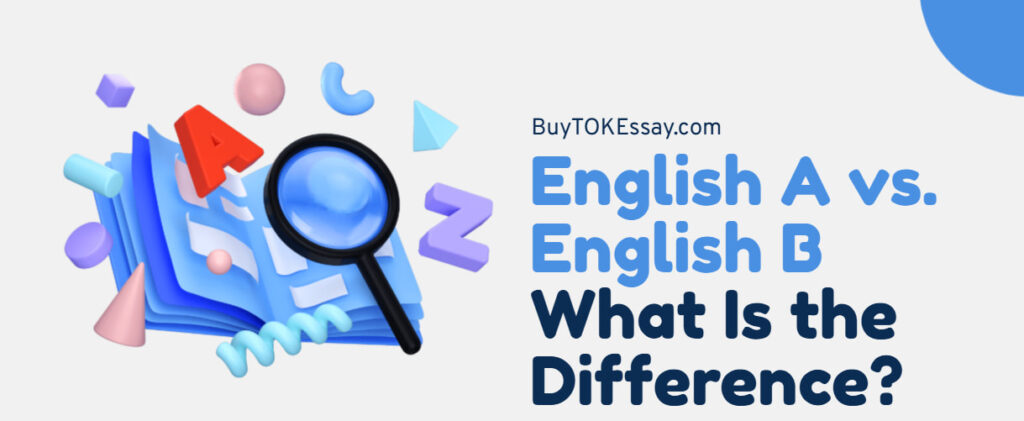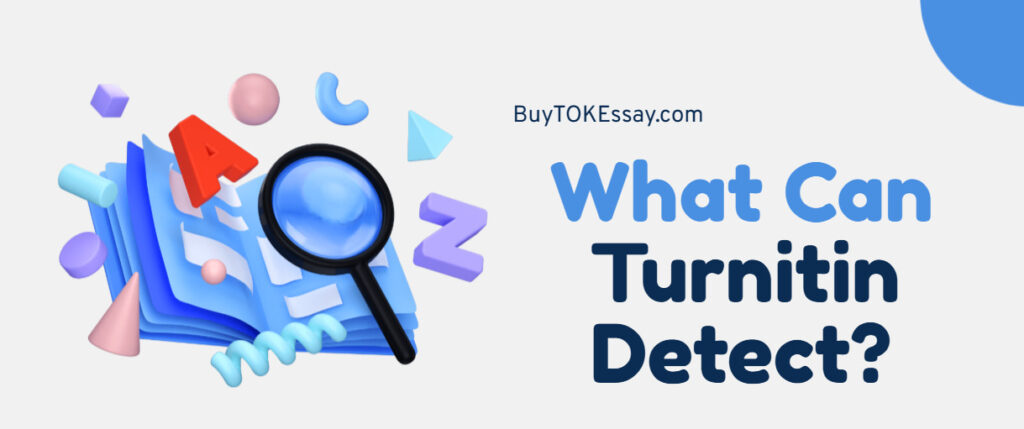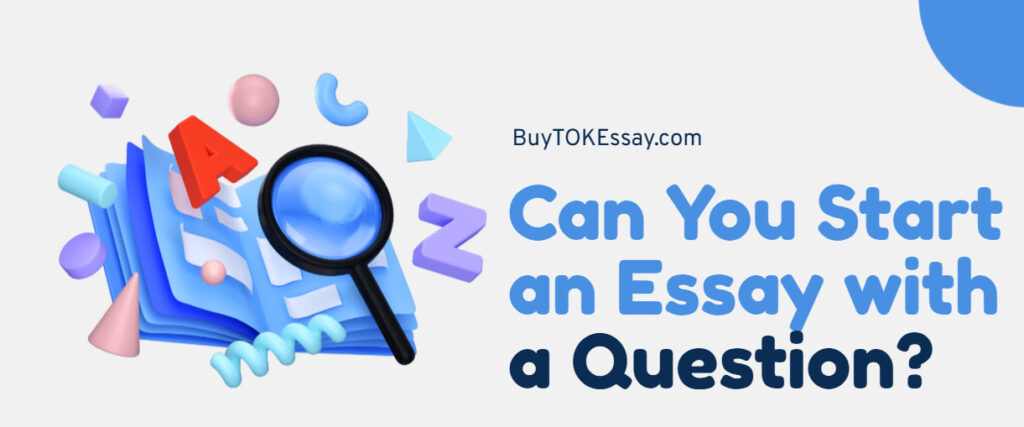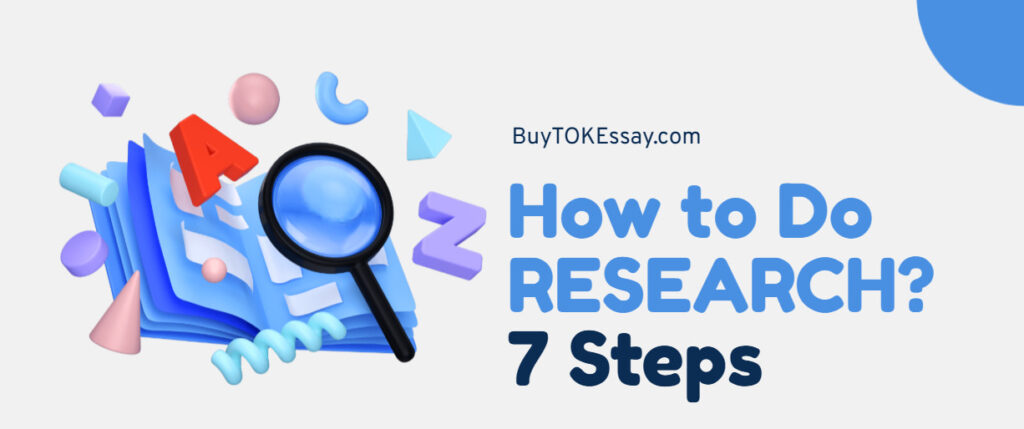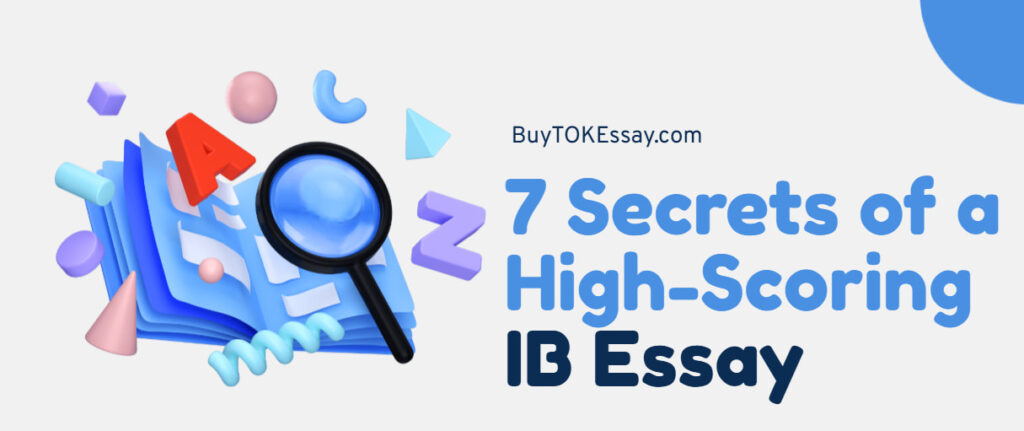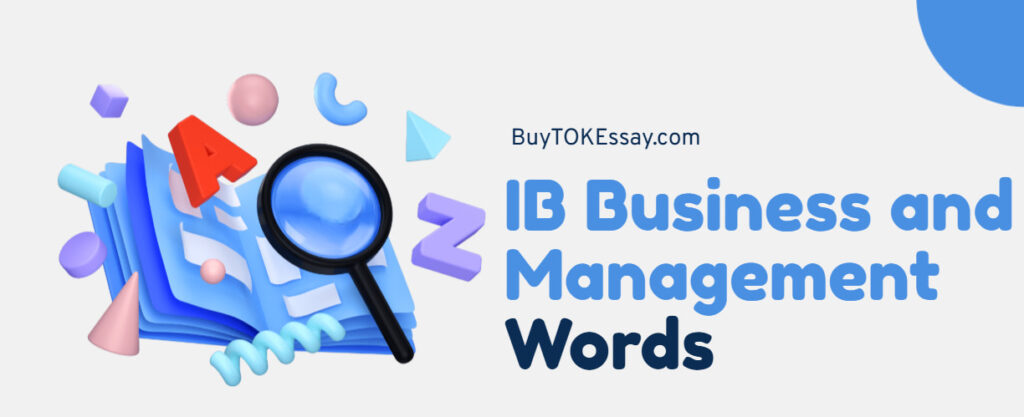The rules of academic writing are strict, and you may already be thinking about how to avoid plagiarism in your essay. This is one of the questions I am asked most often. Just so you know, even hardworking students sometimes end up plagiarizing without realizing it due to pressure, close deadlines, or messy notes.
In this post, I’ll answer common questions and share practical methods on how to get around plagiarism.
What Is Considered Plagiarism?
Plagiarism is when you pass off someone else’s work as your own, and this can get you in a lot of trouble, from losing points to failing the whole subject.
Many students don’t realize how strict schools and examiners are. Most of the time, teachers can notice when an essay changes style abruptly or has sentences that don’t sound like the student’s regular writing.
Another problem is that students don’t know what plagiarism means. It’s easy to spot direct plagiarism, like when you copy text word for word. On the other hand, there are more minor types.
For example, the incremental plagiarism definition refers to taking small portions of someone else’s work (like a phrase, a sentence, or even statistics) and adding them into your essay without proper credit.
If you want to avoid making mistakes, the best way is to know the different types of plagiarism. When I teach, I like to use this table:
| TYPE | WHAT IT MEANS | EXAMPLE |
|---|---|---|
| Direct Plagiarism | Copying text word-for-word without attribution. | Copy-pasting from Wikipedia into your essay. |
| Incremental Plagiarism | Adding small pieces of someone else’s work into your essay without credit. | Borrowing one sentence from an online source and not citing it. |
| Self-Plagiarism | Reusing your own previous work in a new assignment without permission. | Submitting parts of your old essay for another subject. |
| Accidental Plagiarism | Forgetting to cite or paraphrasing too closely to the original text. | Changing only a few words of a source and calling it your own. |
From writing and teaching, I know that understanding these groups is one of the best ways to avoid making mistakes by accident. Students stay on the safe side and develop the habit of academic integrity when they take the time to put their work in the right category.
What Is a Good Rule to Follow to Avoid Plagiarism?
The best one is easy to remember: cite it when you’re not sure. This way of thinking keeps you from getting in trouble and shows your teachers that you value intellectual property. Many times, I don’t think it’s a problem to cite too many sources, but not naming at all can quickly hurt your credibility.
Still, citing sources won’t always make your essay stand out. You need effective strategies that work at all stages of the writing process to make your work unique and strong. Over the years, I’ve seen that students who use proper citations rarely have problems with plagiarism.
Thus, let’s go through the seven methods I suggest, beginning with one of the most important skills: paraphrasing.
Method 1 – Paraphrase
Mastering paraphrasing is the first method I suggest. When you paraphrase, you say the same thing in your own words.
By the way, many students assume that paraphrasing is only changing a few words to their synonyms. That’s not true. To paraphrase well, you have to change the form of the statement while keeping the meaning the same.
From what I’ve seen, the greatest approach to paraphrasing is to read something, put it down, and then explain the idea to a friend as if you were teaching it to them.
Method 2 – Use the Right Citation Style
Correctly citing your sources is another method that always works. You need to follow your school’s rules, whether it’s MLA, APA, or Chicago style. Based on my experience with IB writing, I know that students often make several mistakes:
- Forgetting page numbers in references.
- Mixing different citation styles in one essay.
- Misquoting authors or leaving quotation marks out.
Just remember, your essay is graded not only on what it says but also on how well you follow the rules of academic writing.
Method 3 – Quote Correctly and Wisely
Another strategy on how to avoid plagiarism in essays is quoting. Quoting is powerful, but use it carefully. This is because too many quotes can make your essay sound like a compilation, and too few quotes can make your arguments less strong.
When you need clear proof, use short quotes. Only use longer ones when the words themselves are important. For example, in literature reports, you might need to copy a line of poetry exactly to keep the artistic sense of it. But I think that most writings should focus on paraphrasing with a few quotes thrown in here and there.
Method 4 – Plagiarism Checker
Plagiarism checkers highlight copied sections and help you fix them. However, relying only on these tools is risky. A checker might not recognize paraphrased plagiarism, so you must apply judgment.
Plagiarism checkers like Turnitin, Grammarly, and Scribbr help you scan your essay for copied text and highlight areas that need citation or rephrasing. Use them after finishing a draft and treat the report as a form of feedback.
Method 5 – Practice Summarizing
An important skill that complements paraphrasing is summarizing. In my experience, kids often get them mixed up, but they are used for different things. Rephrasing changes the exact words used to express an idea, while summarizing cuts down a longer piece of writing to its most essential points.
Why is this important? Because a lot of the time, especially in History and Literature, you won’t be able to or should not copy long texts. By summarizing, you can show that you understand what you’re reading while also keeping your essay short.
For instance, you could write a two-sentence outline of the main point instead of quoting a whole paragraph from a history book.

Method 6 – Keep Track of Your Sources
Another practical method is source management. For instance, if you copy a sentence into your notes without quotation marks, you may later mistake it for your idea.
Below are some habits that help you prevent plagiarism:
- Always use quotation marks for direct quotes.
- Write paraphrases immediately in your own words.
- Record complete details: author, title, and publication date.
In my opinion, these habits make citation much easier during the final editing process.
Method 7 – Add Your Academic Voice
The best defense against plagiarism is building your voice. When students trust their critical thinking, they don’t feel the need to copy others. According to my experience, essays with a strong student voice are always more persuasive, even if the grammar isn’t perfect.
Teachers don’t want to read an essay filled with impressive sources but no analysis. They want to hear you.
Method 8 – Revise With a Plagiarism Mindset
The final method I strongly recommend is revising your essay with plagiarism in mind. Many students write a draft, run it through a checker once, and submit it. But before doing the same, review your essay and ask yourself:
- Did I accidentally copy sentence structures that resemble the original too closely?
- Did I cite every source I used, even in paraphrased sections?
- Do my ideas and analysis clearly stand out?
I find that reading your essay aloud is one of the best tricks. If a sentence sounds “too professional” compared to your regular writing, check whether it came directly from a source.
This final self-check doesn’t take long, but it can make the difference between a safe, original essay and one flagged for plagiarism.

Need Help with Your IB Extended Essay?
Whether starting from scratch or fine-tuning your existing assignment to meet your supervisor’s demands, the BuyTOKEssay.com team is here to make your dream of a perfect paper a reality. Just buy an extended essay from our IB experts and say goodbye to writer’s block!
How to Copy an Essay Without Plagiarizing?
It depends on what you mean by “copy.” Of course, you can’t simply take someone else’s essay and hand it in under your name. That would be plagiarism. But there are several safe and effective ways to use an essay as a guide without crossing the line.
One option is to borrow the structure of a strong essay. For instance, if you’re reading an excellent TOK essay, you might notice how the student introduces each claim, supports it with examples, and then adds counterclaims. You can copy that structure for your essay while filling it with your own content.
Another way is to paraphrase ideas: read a passage, close the book, and then explain it in your own words. With this strategy, you will avoid word-for-word copying.
Some students also combine summarizing and citation. They take the central point from a source, shorten it into a clear summary, and then cite the author. In my experience, this method works especially well in History and Economics essays, where you need to handle numerous sources.
Now, about how to plagiarize without plagiarizing (sounds like a secret trick to avoid trouble). But in reality, the “trick” is just good academic practice: paraphrase properly, cite your sources, and add your voice. That way, you’re technically using someone else’s ideas, but you’re doing it transparently.
So yes, there are several ways to “copy” an essay safely, but they all come down to this: copy the methods, not the words.
Final Tips
It’s less about rules and more about habits to avoid plagiarism. By regularly paraphrasing, citing, summarizing, and thinking about your style, you’ll find it easy to be original in your essays. Remember that teachers want to know how you think, not how well you can copy other people.
Also, start early, because time constraints most frequently cause plagiarism. It’s really better to write a rough plan a week than to write a finished essay in one night.
And if you’re still stuck or don’t have time, there are safe solutions. Our experts at BuyTOKEssay.com can help with your essay so you can be sure that your work is original and free of plagiarism.
